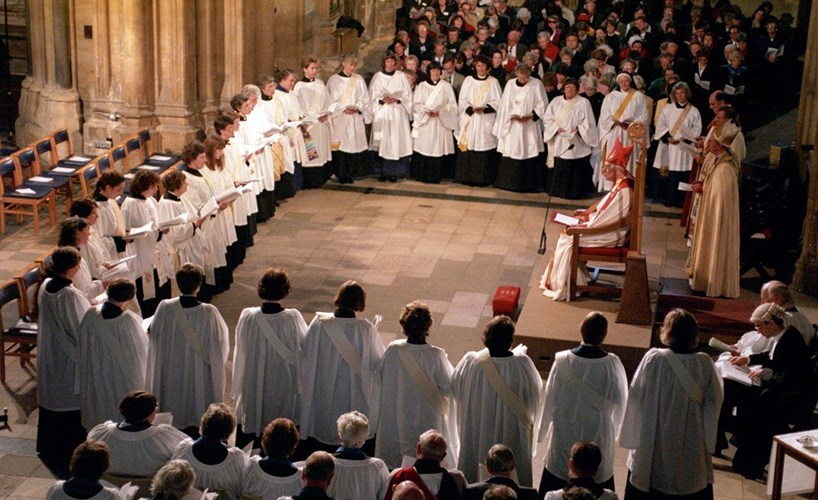It was a close and controversial vote by the three parts of the General Synod, the governing body of the Church of England. But on November 11, 1992, the Synod narrowly gave the nod to allow the ordination of women priests. Like suffrage movements, The Church of England had coped with the notion of women as priests for decades before the vote, and they had little choice but to agree as several Commonwealth countries already had women priests.
The First Woman Priest
The first woman priest was Florence Li Tim-Oi in Hong Kong. In 1944, Hong Kong was an English province occupied by the Japanese. Li Tim-Oi was ordained as a priest as a matter of necessity as church leaders in Hong Kong contemplated how to get vital sacraments to followers. Only priests have the power to save people, so they ordained the best person for the job – Florence Li Tim-Oi.
It took until 1971 for Hong Kong to officially vote to approve women into their priesthood. Canada followed in 1975 followed by the United States in 1977. During the eighties, African provinces allowed women priests, followed by New Zealand, Australia, and finally England in 1992. There are pockets of holdouts throughout the Church of England. However, the vast majority of regions now have women priests.
Women Catholic Priests?
The Church of England is not the Catholic Church, but they are very similar. Consequently, women aren't allowed to be Catholic priests, making the Church of England seem friendlier to progressive-minded people. This adaptation to what the people want versus what the Pope wants began when England broke from Catholicism's grip during Henry the 8th's reign. The king forced the issue because he wanted a divorce, which was forbidden at the time.
It was a close and controversial vote by the three parts of the General Synod, the governing body of the Church of England. But on November 11, 1992, the Synod narrowly gave the nod to allow the ordination of women priests. Read more about this momentous occasion.

